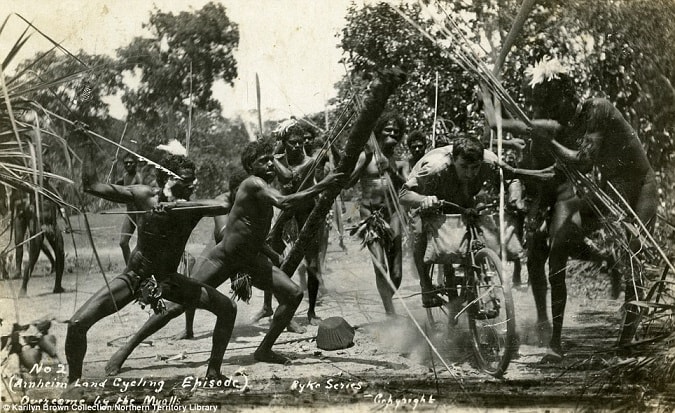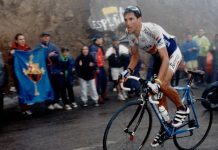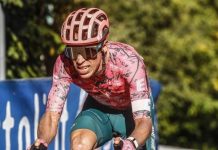One hundred and two years ago, 21-year-old Edward ‘Ryko’ Reichenbach, arrived at the old Darwin Post Office, having cycled 3,000km across the desert from the post office in Adelaide.
In May 1914 Edward Reichenbach, ‘Ryko’, together with his mate John Fahey left the Adelaide Post Office intent on breaking the cycling record from Adelaide to Darwin.
Ryko was a talented photographer using the newly available Kodak camera. He planned to use the trip as an opportunity to photograph some of the remote and isolated places along the route. Just before the South Australia-Northern Territory border Fahey sprained his ankle forcing him to stop and rest and the 21 year old Ryko continued alone.
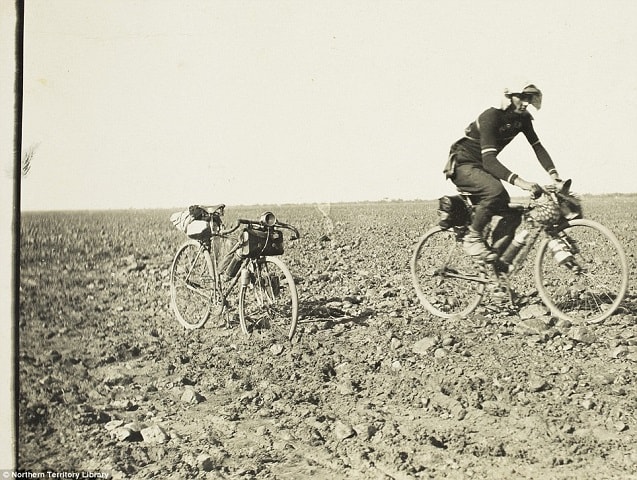
Even stopping to take photographs along the way Ryko broke the record when he reached Darwin in 28 days. The entrance to the Northern Territory Library occupies the very spot where he finished, the site of the old Darwin Post Office.

Ryko stayed on in Darwin and opened a shop in Cavenagh Street selling postcard prints of his photographs for fourpence each. He developed and printed his films in a studio at the back. After December 1915 Ryko sold the business to concentrate on his photography.
He travelled extensively crossing the Territory from the Victoria River in the west to the Macarthur River in the Gulf. He returned repeatedly to the Mary and Alligator Rivers, around the area of modern day Kakadu, to photograph the buffalo shooting camps on the black soil plains.

Ryko came back to Darwin every few months to develop, print and sell his work. This was the period of the First World War and Military Intelligence became suspicious of anyone who might have connections to Germany. They began to think Ryko was a spy because of his heritage, even though he had been born in Australia. They were also suspicious of his traveling and photography.
Eventually his name was cleared but by early 1917, Ryko had already left the Territory. Ryko did not return to the Top End for nearly forty years. He settled in Sydney but his flat was robbed and his precious collections of photographs stolen. This was a loss that Ryko had difficult recovering from. He fell in love, married and had a son but he remained restless.
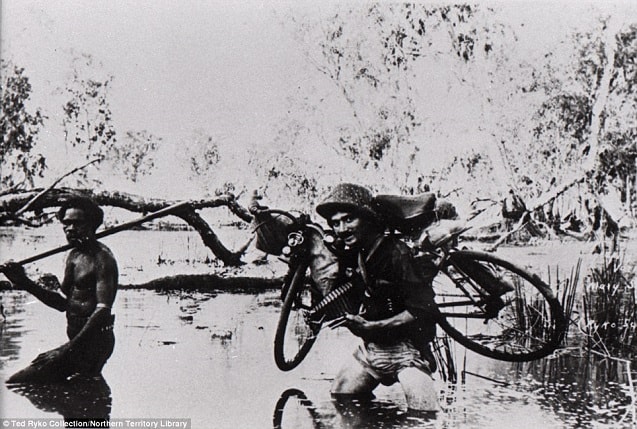
By the time of the Great Depression, Ryko was back living on his own struggling to earn a living amongst the many unemployed in the city. Around the start of the Second World War Ryko found work with the Commonwealth Railways in remote Central Australia. He remained there for nearly eighteen years before he retired home to Victoria.
In his spare time working for the railways he pursued his passion for botany, seed collecting, conservation and astronomy. Declining health saw Ryko move to a retirement home in Nhill where he died on 2 September 1968 just shy of his 76th birthday. Before his flat had been robbed, photography had been Ryko’s principle income source and his entire collection of negatives and prints had been stored at his flat in Sydney.
His collection in its entirety has never resurfaced publically so all that we now know of Ryko’s wonderful photographic heritage comes from the prints he sold that somehow survived in private collections, museums, archives and libraries. Of the nearly three thousand photographs Ryko took in the Territory, only a couple of hundred are known to exist today.


